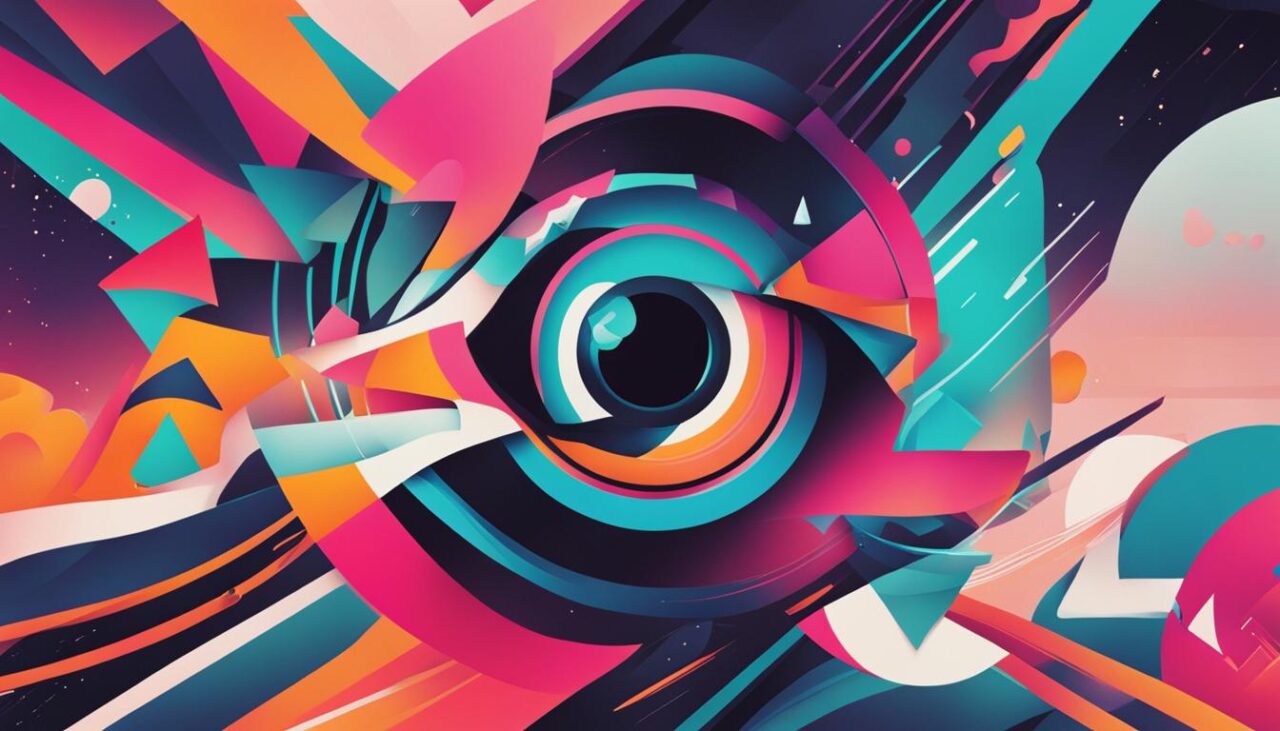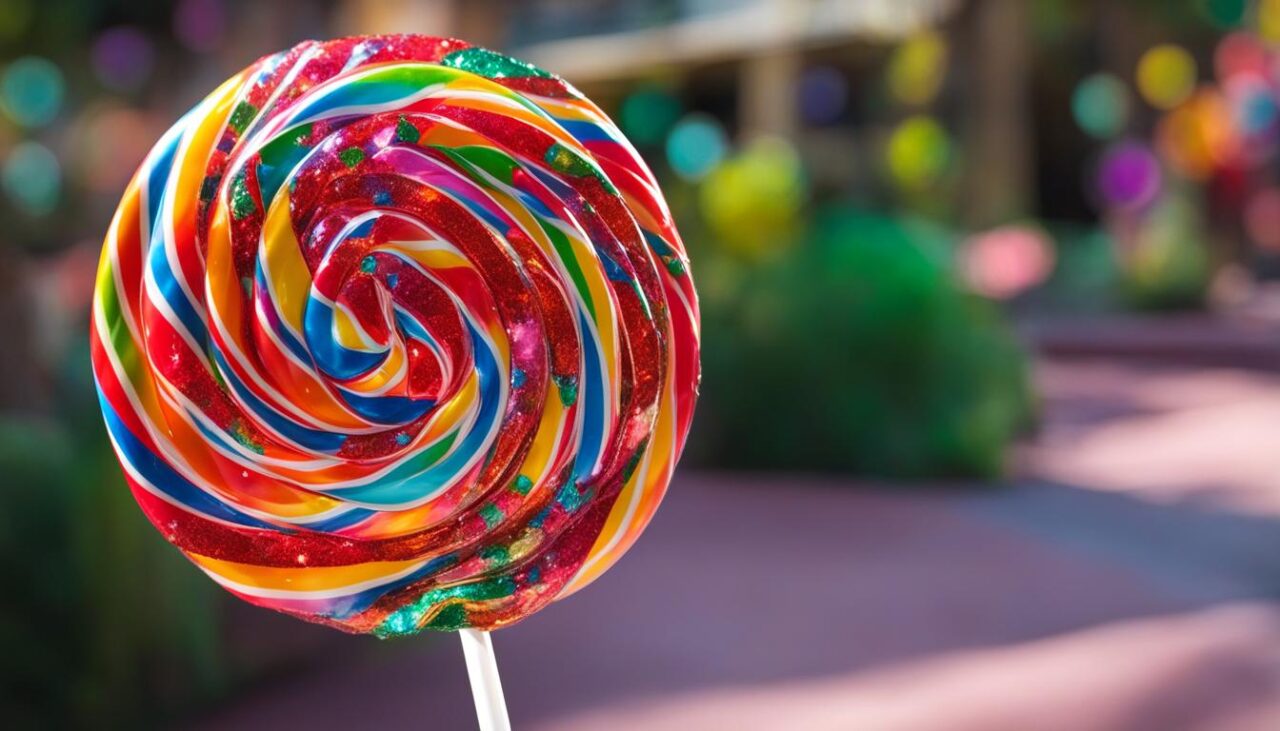Clickbait visuals, also known as eye candy graphics or engaging graphics, have become an essential part of online content. They are designed to capture your attention and entice you to click on a link or read an article. In today's fast-paced digital world, clickbait visuals have taken center stage in grabbing users' attention.
This article will explore ten eye-catching visuals that are pure clickbait. We will also examine the psychology behind their appeal, the art of crafting these visuals, and the impact of their use. Our goal is to provide insights into the power of visual clickbait and its potential impact on consumer behavior.
Contents
Understanding Clickbait and Its Visual Appeal
Clickbait is defined as content designed to attract users and encourage clicks, often through sensational headlines and dramatic visual elements. Visual appeal plays a critical role in capturing users' attention and drawing them in.
Clickbait imagery is carefully crafted to be addictive and visually appealing, with bright colors, contrasting elements, and eye-catching designs. This type of imagery triggers a strong emotional response in viewers, making it irresistible and compelling.
Studies have shown that the human brain processes visual information 60,000 times faster than text, and clickbait visuals capitalize on this by presenting users with an array of tantalizing images.
Through the use of enticing visuals and captivating graphics, clickbait creators are able to attract users and encourage engagement with their content. These visuals can be anything from provocative headlines to striking imagery and visual effects.
While clickbait visuals can be highly effective in capturing users' attention, they can also be controversial. Critics argue that this type of content is often misleading, manipulative, and unethical, and that it can have negative effects on user behavior and mental health.
Despite these concerns, clickbait visuals continue to be a popular and effective marketing tool, with brands and publishers using them to promote their products and services online. To use this technique effectively, it is important to create engaging graphics that are visually appealing without resorting to misleading or manipulative tactics.
The Art of Crafting Eye Candy Graphics
Creating enticing and captivating visuals is crucial for capturing users' attention and driving engagement in the online realm. Here are some techniques and strategies to craft eye-catching graphics:
1. Understand Your Audience
Before creating any graphics, it's important to understand your target audience and their preferences. Consider their demographics, interests, and behavior on different platforms to design visuals that resonate with them.
2. Use Color Effectively
Color is a powerful tool that can evoke emotions and convey messages. Choose a color palette that aligns with your brand and target audience, and use it consistently across all your visuals.
3. Keep It Simple
A cluttered visual can be overwhelming and hard to understand. Keep your designs simple and focused on the main message. Place emphasis on the most important elements to create a clear visual hierarchy.
4. Incorporate Visual Storytelling
Visual storytelling is a powerful technique to create engaging graphics that tell a story. Use images, illustrations, and other visual elements to convey the message in a creative and memorable way.
5. Pay Attention to Detail
The little details can make a big difference in creating enticing visuals. Pay attention to the typography, alignment, and spacing of the elements to create a polished and professional look.
6. Test and Iterate
Creating effective visuals is an on-going process of testing and refining. Use A/B testing and user feedback to identify areas of improvement and iteratively refine your graphics to maximize their impact.
Elements of Addictive Imagery
Addictive imagery is a powerful tool for capturing users' attention and creating a lasting impact. The key elements that make an image addictive and eye-catching include:
- Color: Color plays a crucial role in making an image pop and stand out. Bold and vibrant colors can be particularly effective in creating an eye-catching design.
- Contrast: High contrast between light and dark elements can make an image more visually appealing and draw the viewer's eye.
- Composition: A well-composed image can create a sense of balance and harmony and make it more aesthetically pleasing.
- Texture: Textured images can add depth and dimension to a design and create a tactile feel that draws the viewer in.
When combined with engaging visual content, these elements can create addictive imagery that captures users' attention and keeps them coming back for more.
The Psychology Behind Clickbait Visuals
Clickbait visuals have become a staple of online media, and for good reason. These engaging graphics capitalize on the principles of visual content to manipulate human behavior. Studies have shown that images that evoke strong emotions, such as happiness, excitement, or anger, are more likely to be shared on social media platforms.
Online graphics that feature bright colors, bold typography, and other eye-catching design elements can also prompt viewers to take action, such as clicking a link or making a purchase.
Emotional Triggers
One of the main reasons clickbait visuals are so effective is that they activate our emotional triggers. According to psychology, people make decisions based on how they feel instead of what they think. Thus, emotions can drive people to click, share or buy something without even thinking twice.
For example, a colorful graphic featuring a cute animal with an emotion-inducing headline can instantly pique the viewer's interest. These visuals can trigger emotions such as curiosity, amusement, or even nostalgia, all of which can motivate the viewer to engage further.

Have you ever clicked on a link or made a purchase because of an enticing visual? That's the power of clickbait. These visuals are designed to tap into our emotions and impulses, and they do it incredibly effectively.
The Role of Engaging Visuals
Engaging graphics and visual content play a crucial role in the success of clickbait visuals. Not only do they capture users' attention, but they also keep them engaged and motivated to act. A visually appealing graphic can make a viewer stop scrolling and instead invest their time and attention into the content. This is why companies invest a significant amount of time and resources into creating captivating and addictive imagery.
However, it's important to remember that while clickbait visuals can be effective, they must also be ethical. Misleading or deceptive visuals can harm a brand's reputation and detract from the overall user experience.
Best Practices for Using Clickbait Visuals
Clickbait visuals are a powerful tool for grabbing users' attention and enticing them to click. However, their use should be approached with caution. To make the most of clickbait visuals while maintaining ethical standards, consider the following best practices:
1. Use Enticing Visuals That Are Relevant to Your Content
Enticing visuals are critical to attracting and engaging users. However, they should also be relevant to your content to avoid misleading readers. Use captivating visuals that accurately represent the topic and tone of your article or website.
2. Avoid Deceptive Practices
Avoid using deceptive practices, such as misleading headlines or images that do not accurately represent the content of the article. This practice can lead to distrust from readers and damage your reputation over time.
3. Focus on Quality over Quantity
Instead of using a large number of clickbait visuals, focus on producing high-quality visuals that are visually appealing and informative. This approach will help you grab users' attention without bombarding them with irrelevant or low-quality visuals.
4. Experiment with Different Types of Addictive Imagery
Experiment with different types of addictive imagery to see what works best for your audience. For example, some audiences respond well to graphics with bright colors and bold typography, while others prefer more subtle and minimalist designs.
5. Test Your Visuals
Test your clickbait visuals to see how they perform in terms of audience engagement and interaction. This information can help you tailor your visuals to meet the specific needs and preferences of your audience.
6. Use Captions and Alt Tags
Using captions and alt tags is critical for ensuring that your visuals are accessible to all users, including those with visual impairments. Additionally, descriptive caption text can help provide context for users and improve overall engagement.
7. Be Mindful of Ethical Standards
Finally, it's essential to be mindful of ethical standards when using clickbait visuals. Avoid deceptive practices and misrepresenting your content to readers. Instead, use visuals to enhance your content and provide value to users.
Impact and Controversies of Clickbait Visuals
Clickbait visuals are often associated with negative effects on consumer behavior. While they grab attention with their engaging graphics, they can also be misleading and unethically crafted to lure people into reading or viewing content that does not deliver on its promises.
Studies have shown that clickbait visuals can increase website traffic but decrease user satisfaction. As more people become aware of clickbait tactics, they may begin to avoid websites that use them, ultimately leading to a decline in the website's popularity.
Furthermore, the overuse of clickbait visuals can also harm the credibility of publishers and journalists. When people begin to question the authenticity and reliability of content, it can be challenging to regain their trust and credibility.
Eye candy graphics vs. engaging graphics
There is a fine line between eye candy graphics and engaging graphics. While eye candy graphics are designed to grab attention, engaging graphics are designed to deliver on their promises and provide value to the user.
Marketers and publishers should aim to create engaging graphics that provide accurate and relevant information to users. Engaging graphics can help build trust with consumers and establish a positive reputation for the brand or publisher.

“The use of clickbait visuals can harm the credibility of publishers and journalists.”
Conclusion
Clickbait visuals, or eye candy graphics, have an undeniable allure that draws in users and keeps them engaged. The addictive nature of these visuals, or addictive imagery, can be attributed to a combination of design elements, visual content, and the psychology behind human behavior.
Creating visually enticing graphics is essential in the online realm where there is a constant flood of information vying for users' attention. But it is equally important to use these enticing visuals responsibly and ethically.
While clickbait visuals, or visual clickbait, can be a powerful tool in engaging and enticing audiences, their impact and controversies cannot be overlooked. It is crucial to remain mindful of the impact that these visuals may have on consumer behavior and ensure that their use aligns with ethical standards.
In conclusion, the use of eye candy graphics and other forms of clickbait visuals will continue to play a significant role in online media. Their ability to capture attention and trigger emotions will always make them a valuable tool for marketers and content creators alike. It is up to individuals to use them responsibly, always keeping in mind the power and potential consequences of these addictive visuals or addictive imagery.







